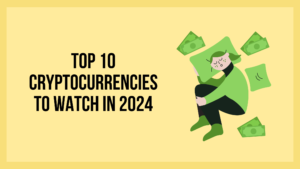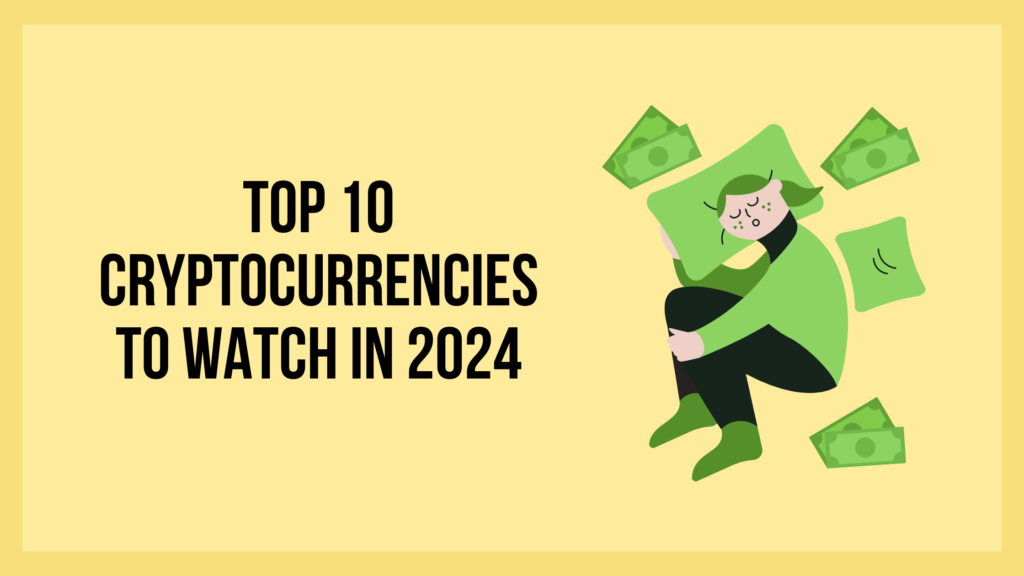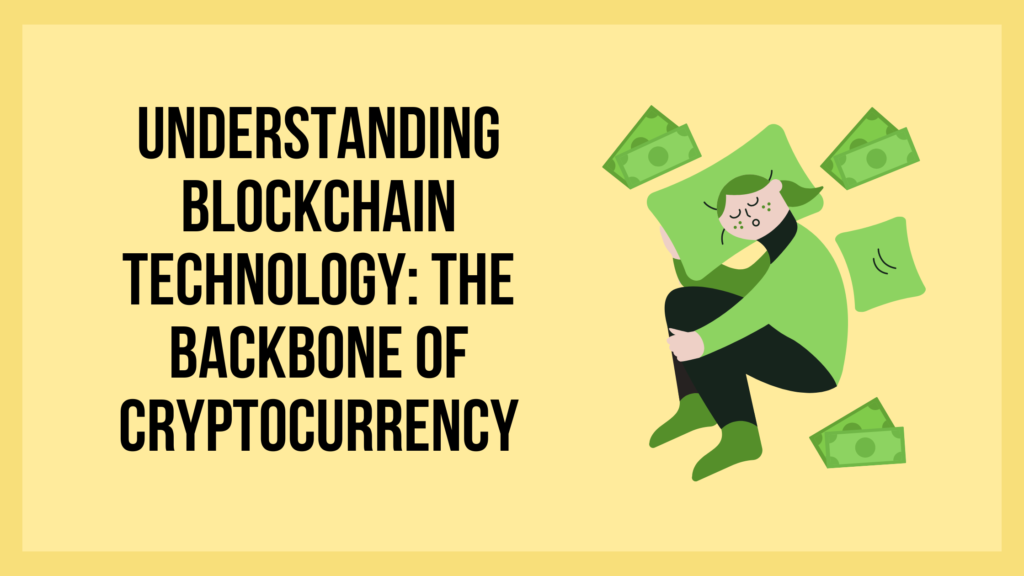Cryptocurrency continues to be a dynamic and evolving market, with new developments, regulations, and technologies shaping the landscape every day. As we move into 2025, Top 10 Cryptocurrencies are poised to make significant impacts on the market. Whether you’re an investor, trader, or just a crypto enthusiast, keeping an eye on these top 10 cryptocurrencies could be crucial. Here’s a closer look at the key players and what makes them stand out this year.

1. Bitcoin (BTC)
The Pioneer and Dominant Force
Bitcoin remains the most dominant cryptocurrency in the market. As the first decentralized digital currency, it laid the groundwork for the entire industry. In 2025, Bitcoin continues to be a critical asset due to several reasons:
- Institutional Adoption: More institutions are embracing Bitcoin as a store of value, which could drive demand and price.
- Scarcity: With its capped supply of 21 million coins, Bitcoin’s scarcity makes it a hedge against inflation.
- Global Recognition: Bitcoin’s name is synonymous with cryptocurrency, giving it unparalleled brand recognition.
2. Ethereum (ETH)
The King of Smart Contracts
Ethereum remains the go-to platform for decentralized applications (dApps) and smart contracts. Its ongoing development and upgrades make it a cryptocurrency to watch closely:
- Ethereum 2.0: The shift from proof-of-work (PoW) to proof-of-stake (PoS) is expected to enhance scalability, security, and energy efficiency.
- DeFi and NFTs: Ethereum remains the backbone of the decentralized finance (DeFi) sector and the booming non-fungible token (NFT) market.
- Developer Community: With a vast community of developers, Ethereum continues to innovate, ensuring its long-term relevance.
3. Cardano (ADA)
A Challenger with a Mission
Cardano has been making waves due to its scientific approach and peer-reviewed research. In 2025, it’s expected to further solidify its position:
- Scalability and Sustainability: Cardano’s Ouroboros PoS consensus mechanism is designed to be more energy-efficient and scalable than older systems.
- Smart Contracts: With the successful implementation of the Alonzo upgrade, Cardano now supports smart contracts, increasing its utility.
- Global Partnerships: Cardano is forging partnerships with governments and institutions, particularly in developing countries, to drive blockchain adoption.
4. Solana (SOL)
The High-Speed Contender
Solana has gained attention for its high-speed transactions and low fees, positioning it as a strong competitor to Ethereum:
- Transaction Speed: Solana boasts one of the fastest transaction processing times in the industry, with the ability to handle over 50,000 transactions per second (TPS).
- Ecosystem Growth: The Solana ecosystem is rapidly expanding, with numerous DeFi projects and NFTs being built on its platform.
- Scalability: Solana’s scalability solutions make it a favorite among developers looking for alternatives to Ethereum.
5. Polkadot (DOT)
The Interoperability Champion
Polkadot is designed to enable different blockchains to transfer messages and value in a trust-free fashion; it’s a key player to watch in 2025:
- Parachains: Polkadot’s unique parachain structure allows for multiple blockchains to operate in parallel, enhancing scalability and interoperability.
- Cross-Chain Functionality: The ability to connect various blockchains could make Polkadot central to the future of the decentralized web.
- Ongoing Development: Polkadot’s development team continues to push the boundaries of what’s possible with blockchain technology.
6. Ripple (XRP)
The Global Payment Network
Ripple aims to revolutionize the global payment system, making it an important cryptocurrency to monitor:
- Bank Partnerships: Ripple has partnered with hundreds of financial institutions worldwide, aiming to facilitate cross-border payments more efficiently.
- Legal Battles: Ripple’s ongoing legal battle with the SEC in the U.S. could significantly impact its future, making it a high-risk, high-reward option.
- XRP Ledger: Ripple’s XRP Ledger is known for its speed and low transaction costs, making it a viable option for large-scale transactions.
7. Binance Coin (BNB)
The Exchange Token with Utility
Binance Coin is more than just a cryptocurrency; it’s the native token of the Binance Exchange, one of the largest cryptocurrency exchanges globally:
- Burn Mechanism: Binance conducts periodic coin burns, reducing the total supply of BNB, which could increase its value over time.
- Utility: BNB is used for a variety of purposes within the Binance ecosystem, including trading fee discounts, staking, and participating in token sales.
- Expanding Ecosystem: With the growth of the Binance Smart Chain (BSC), BNB is increasingly being used in DeFi projects and dApps.
8. Avalanche (AVAX)
The Scalable Blockchain Network
Avalanche has emerged as a strong contender in the blockchain space due to its focus on scalability and speed:
- Consensus Mechanism: Avalanche’s unique consensus mechanism allows for quick finality, making it one of the fastest blockchain platforms available.
- Interoperability: Avalanche is designed to be interoperable with other blockchains, increasing its utility in a multi-chain future.
- DeFi and dApps: The Avalanche ecosystem is growing, with more DeFi projects and dApps choosing to build on its platform.
9. Chainlink (LINK)
The Oracle Network
Chainlink is the leading decentralized oracle network, making it an essential component of the blockchain ecosystem:
- Smart Contract Integration: Chainlink allows smart contracts on various blockchains to securely interact with external data, APIs, and payment systems.
- Adoption: Many DeFi projects rely on Chainlink for accurate and reliable data, cementing its importance in the industry.
- Expanding Use Cases: Beyond DeFi, Chainlink is exploring new use cases in areas such as insurance, gaming, and more.
10. Polygon (MATIC)
The Layer 2 Scaling Solution
Polygon is a Layer 2 scaling solution for Ethereum, aimed at reducing transaction fees and increasing throughput:
- Ethereum Compatibility: Polygon is fully compatible with Ethereum, allowing developers to leverage its security while benefiting from Polygon’s lower fees and faster transactions.
- Growing Ecosystem: Polygon’s ecosystem is expanding rapidly, with numerous DeFi projects, games, and dApps choosing to build on its platform.
- Strategic Partnerships: Polygon has secured several strategic partnerships, enhancing its growth prospects in 2025.
Conclusion
As the cryptocurrency market continues to evolve, staying informed about the top players is crucial. The Top 10 Cryptocurrencies listed above represent a mix of established giants and emerging contenders, each with its unique strengths and potential risks. Whether you’re looking to invest, develop, or simply keep up with the trends, these Top 10 Cryptocurrencies should definitely be on your radar in 2025.
Remember, the cryptocurrency market is highly volatile, and it’s essential to do your own research (DYOR) and consider seeking advice from financial professionals before making any investment decisions. Happy investing!
Top 5 Frequently Asked Questions on Top 10 Cryptocurrencies
1. Why should I consider investing in Bitcoin in 2025?
Bitcoin is the most established and widely recognized cryptocurrency, often seen as a digital gold due to its limited supply and growing adoption by institutions. Its role as a store of value and its dominance in the market make it a strong candidate for long-term investment.
2. How is Ethereum 2.0 expected to impact the value of Ethereum?
Ethereum 2.0 introduces a shift from proof-of-work (PoW) to proof-of-stake (PoS), which is expected to improve the network’s scalability, security, and energy efficiency. These upgrades could drive increased adoption of Ethereum, potentially boosting its value in 2025.
3. What makes Cardano (ADA) different from other cryptocurrencies?
Cardano stands out due to its focus on a scientific, peer-reviewed approach to development. Its Ouroboros proof-of-stake consensus mechanism, commitment to sustainability, and strategic partnerships in developing countries make it a unique player in the crypto space.
4. Why is Solana considered a strong competitor to Ethereum?
Solana is known for its high transaction speeds and low fees, which have attracted numerous developers and projects. Its ability to process over 50,000 transactions per second (TPS) and its rapidly growing ecosystem make it a formidable alternative to Ethereum.
5. What are the risks associated with investing in Ripple (XRP) given its legal challenges?
Ripple is currently involved in a legal battle with the U.S. Securities and Exchange Commission (SEC) over the classification of XRP as a security. The outcome of this case could significantly impact XRP’s price and its future in the cryptocurrency market, making it a high-risk investment.



